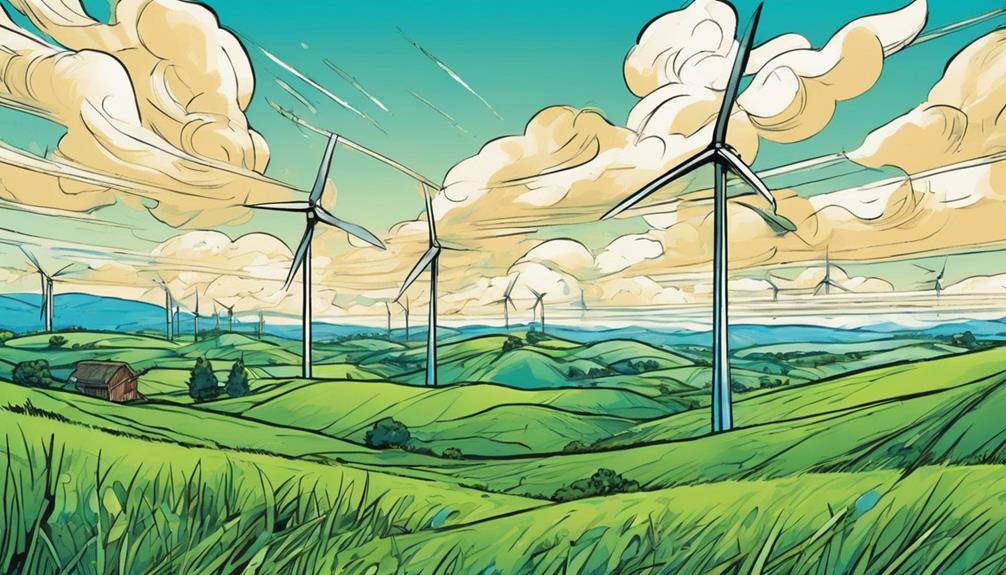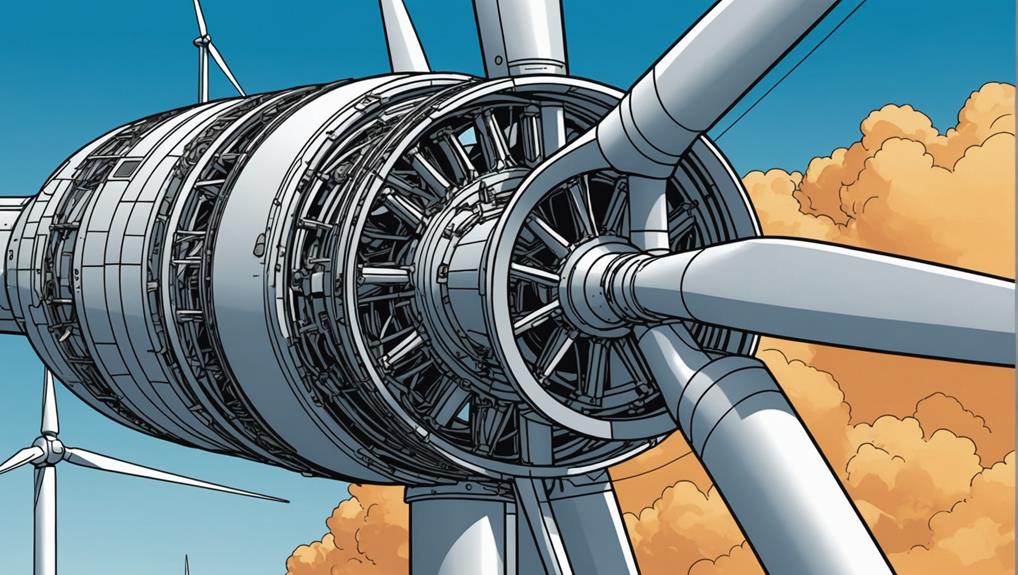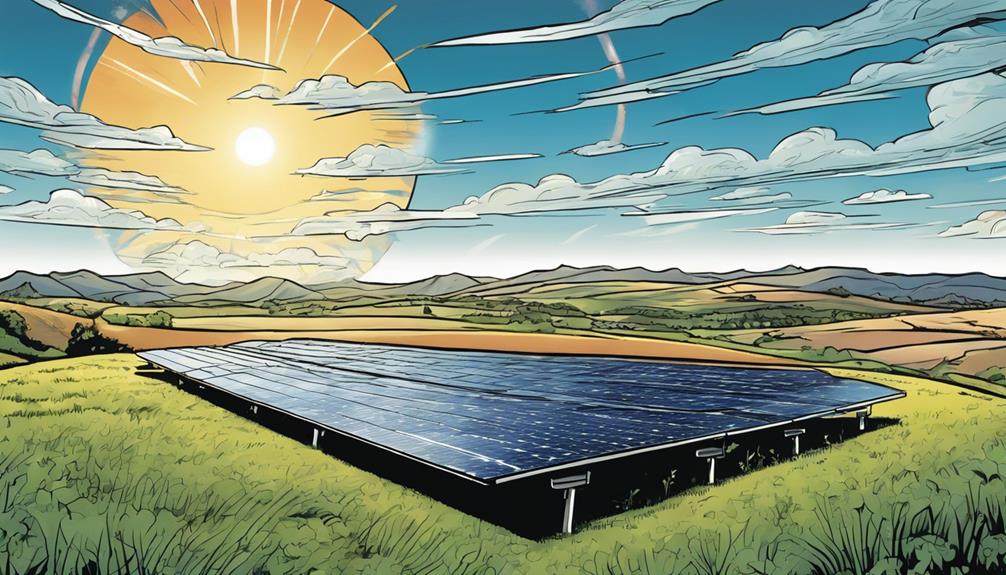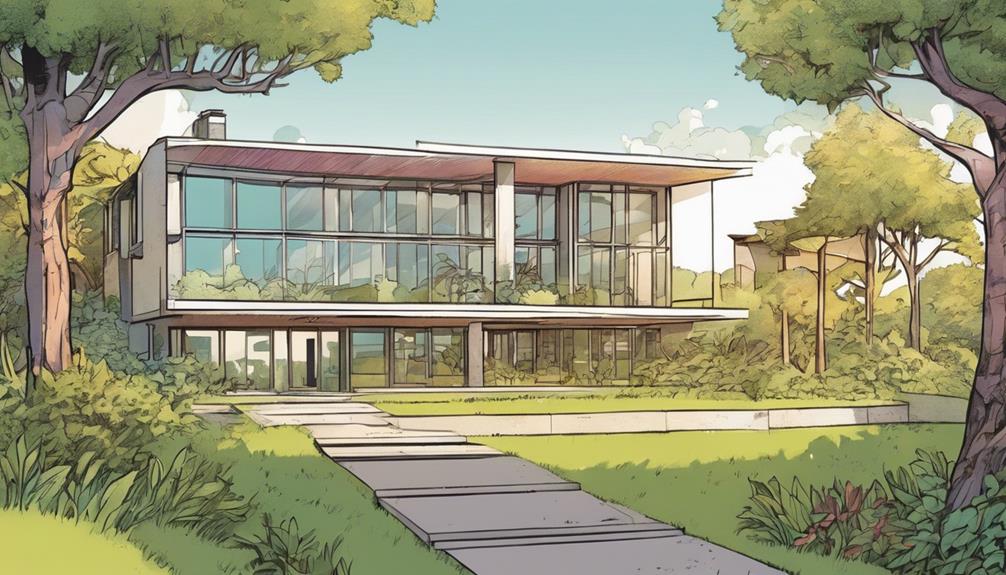As the world shifts towards a sustainable energy future, the wind energy revolution is gaining momentum. Advancements in turbine design and efficiency are driving this change, revealing the vast potential of this renewable energy source. Historically, wind power has evolved from basic to more efficient designs, with modern turbines generating higher electrical power. To maximize efficiency, engineers optimize blade shapes, sizes, and configurations, balancing energy capture and noise levels. Overcoming challenges and policy reforms are also pivotal in promoting wind energy adoption. As the industry continues to innovate, the possibilities for a cleaner, greener future are vast, and the best is yet to come.
Key Takeaways
- Optimizing blade shapes, sizes, and configurations is crucial for maximizing wind energy conversion efficiency and reducing noise levels.
- Three-bladed turbines offer a balance between efficiency and stability, making them a popular choice for wind farms.
- Higher blade numbers can optimize energy output, but increased complexity must be balanced against cost and efficiency considerations.
- Advancements in turbine design and technology are critical for overcoming challenges and increasing the adoption of wind energy globally.
- Government incentives, subsidies, and policy reforms are essential for promoting wind energy projects and reducing reliance on fossil fuels.
Historical Roots of Wind Energy
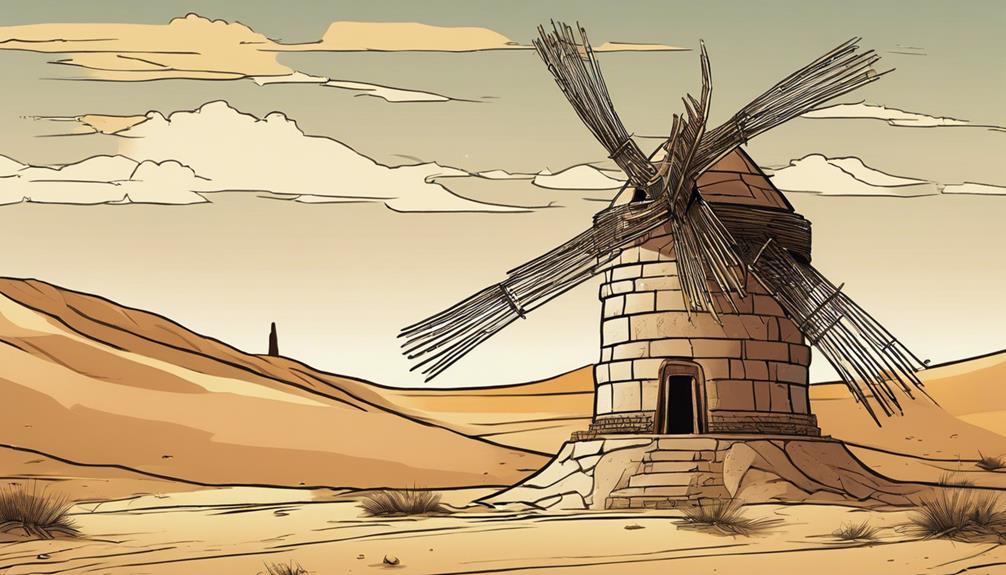
As ancient civilizations harnessed the power of wind to pump water and grind grain, the seeds of a sustainable energy revolution were sown, with windmills emerging in Europe during the Middle Ages as a demonstration of human ingenuity and resourcefulness.
These early windmills were simple, yet effective, conversions of wind's kinetic energy into mechanical energy. The 19th and 20th centuries saw significant advancements in wind energy designs, leading to more efficient turbines.
Today, modern wind turbines generate higher amounts of electrical power, making wind energy a growing sector with immense potential benefits. Despite challenges, wind energy's clean, sustainable, and cost-effective nature has positioned it as a crucial component of the global shift towards renewable energy sources.
Turbine Design and Efficiency
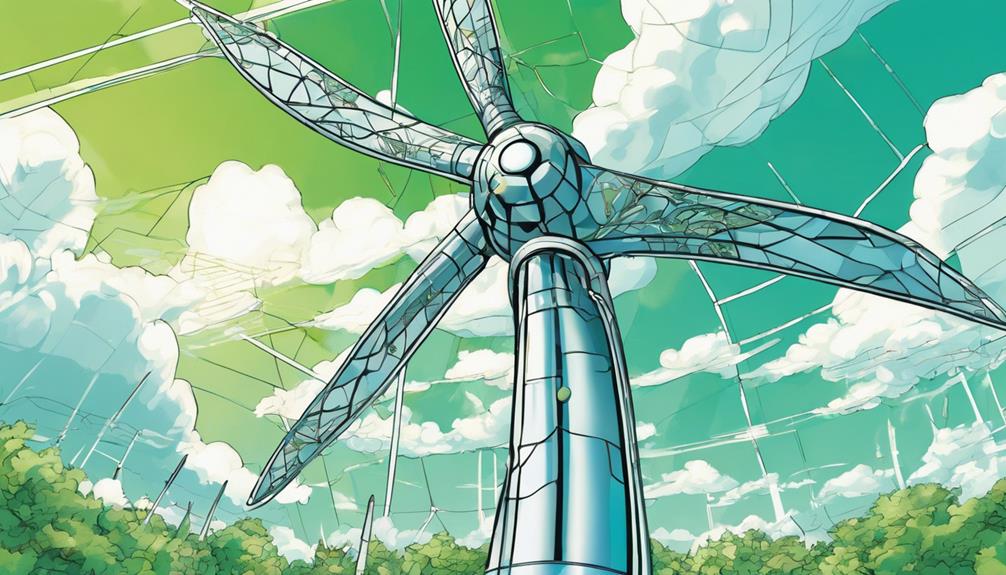
Modern wind turbine designs have evolved to maximize efficiency, with engineers fine-tuning blade shapes, sizes, and configurations to capture more wind energy and convert it into electrical power. The quest for optimal design has led to the development of various blade configurations, each with its advantages and disadvantages.
| Blade Configuration | Energy Capture | Noise Level |
|---|---|---|
| 2 Blades | Low | High |
| 3 Blades | Medium | Medium |
| 4 Blades | High | Low |
| 5 Blades | Very High | Very Low |
| 6 Blades | Highest | Lowest |
Wind Power Generation and Use
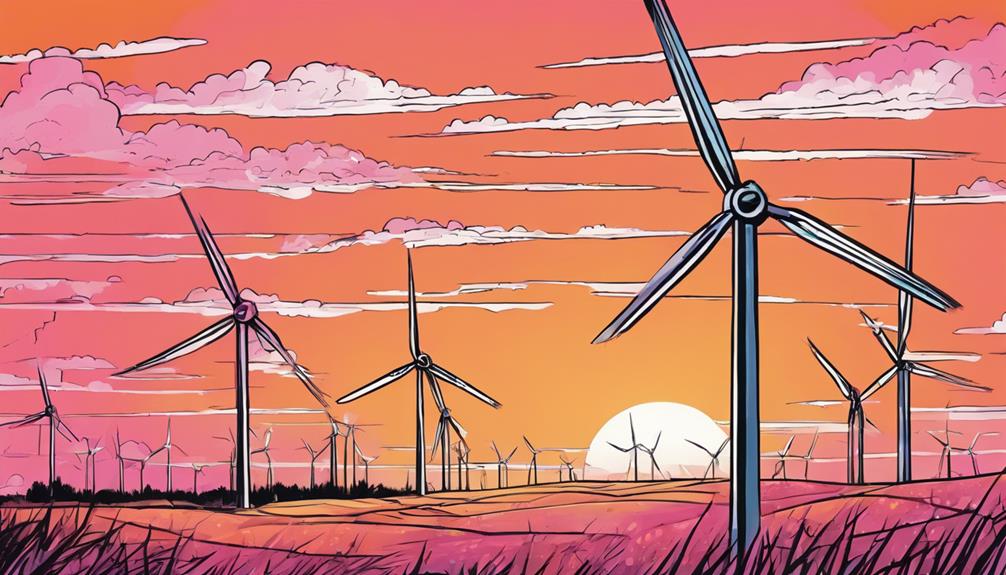
Wind turbines generate electrical power by harnessing the kinetic energy in wind, which is then transmitted to the grid and distributed to meet the increasing global demand for clean energy.
The efficiency of wind power generation relies on various factors, including turbine design, installation location, and maintenance. Wind farms, comprising multiple turbines, provide a significant amount of power, reducing reliance on fossil fuels and mitigating climate change.
The generated electricity is fed into the grid, supplying homes, businesses, and industries. Effective utilization of wind power is essential for a sustainable future, and advancements in technology are continually improving the efficiency and reliability of wind energy generation.
Overcoming Challenges and Policy

Despite the benefits of wind energy, several challenges hinder its widespread adoption, including limited wind resources, high installation costs, and land space requirements.
To overcome these obstacles, governments and private entities are implementing strategies to make wind energy more accessible and affordable.
Some key initiatives include:
- Subsidies and incentives: Governments offer financial support to encourage investment in wind energy projects.
- Carbon credits: Companies can trade carbon credits to offset emissions and promote sustainable practices.
- Research and development: Advances in technology aim to reduce equipment costs and increase efficiency.
- Policy reforms: Governments are updating policies to simplify the permitting process and reduce bureaucratic barriers.
These efforts are essential to accessing the full potential of wind energy and promoting a sustainable future.
Blade Configuration Performance
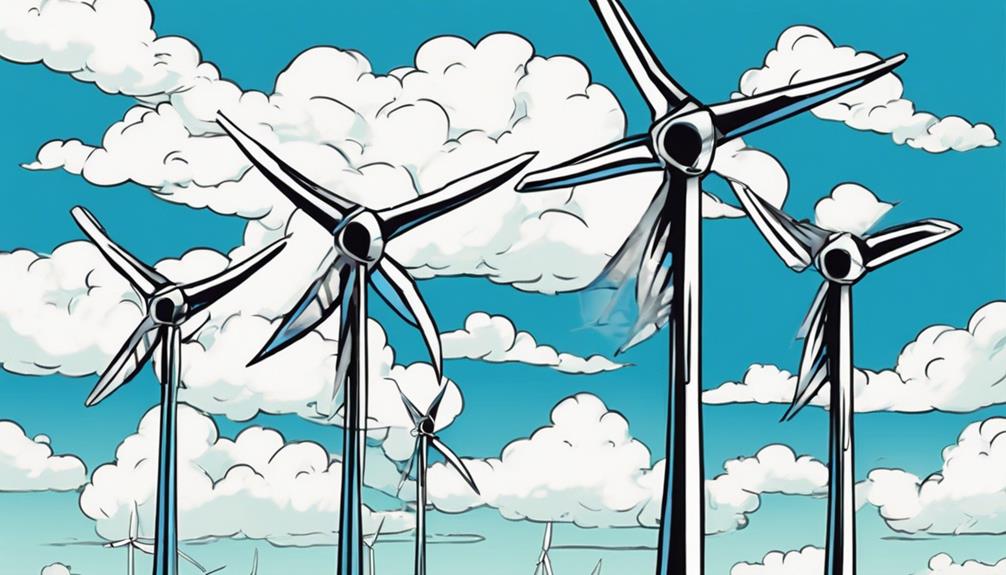
How do the varying blade configurations of wind turbines impact their performance, and what're the key considerations in selecting the most efficient design?
The answer lies in understanding the complex interplay between blade number, aerodynamics, and energy capture capabilities.
Two-bladed turbines, for instance, offer simplicity and reduced costs but may compromise on energy production.
Three-bladed designs, on the other hand, provide a balance between efficiency and stability.
Four, five, and six-bladed configurations further optimize energy output, but at the cost of increased complexity and noise levels.
A thorough cost and efficiency analysis, backed by data-driven evaluation, is essential in selecting the most suitable blade design to maximize energy production and cost-effectiveness.
Frequently Asked Questions
Can Wind Energy Be Used to Power Electric Vehicles?
She notes that wind energy can indeed power electric vehicles, as wind-generated electricity can charge EV batteries, reducing dependence on fossil fuels and promoting a cleaner, more sustainable transportation sector.
How Does Wind Energy Compare to Solar Energy in Terms of Costs?
She notes that wind energy is generally more cost-effective than solar energy, with lower installation costs and higher capacity factors, making it a more competitive option for large-scale power generation.
Are Wind Turbines Noisy and Disruptive to Local Ecosystems?
Wind turbines can generate some noise, but modern designs and regulations minimize disruption. Noise levels are typically within acceptable ranges, and turbines are often placed in remote areas to reduce ecosystem disturbance.
Can Wind Energy Be Stored for Later Use During Periods of Low Wind?
Yes, wind energy can be stored for later use during periods of low wind through advanced energy storage systems like batteries, pumped hydro storage, and compressed air energy storage, ensuring a reliable power supply.
Are There Any Alternative Uses for Wind Turbines Beyond Electricity Generation?
Yes, wind turbines have alternative uses beyond electricity generation, such as pumping water, grinding grain, and even powering communication systems, leveraging their mechanical energy output for various applications.
How Can Graphs Help Maximize Efficiency and Potential in the Wind Energy Revolution?
Graphs play a crucial role in optimizing wind turbine energy output. By visualizing trends and patterns, stakeholders can identify inefficiencies and make data-driven decisions to maximize the potential of wind energy. With the help of graphs, researchers and engineers can analyze performance data and fine-tune operations for greater efficiency.
How can connecting batteries maximize efficiency and potential in the wind energy revolution?
By connecting batteries to wind energy systems, the potential for maximizing wind energy with batteries is significantly increased. This results in improved efficiency and the ability to store and utilize excess energy during periods of low wind, ultimately maximizing the overall output of wind energy systems.
How Can Maximizing Wind Energy Efficiency Be Connected to Battery Storage?
Maximizing wind energy essentials involves integrating battery storage to overcome intermittency. By storing excess energy generated during peak times, it ensures a consistent power supply during low-wind periods. This connection is crucial in maximizing wind energy efficiency and making it a reliable source of sustainable power.
How Can Wind Energy Revolution Maximize Efficiency and Potential by Integrating with Solar Systems?
Integrating wind and solar systems can maximize power with wind and solar. By combining these two renewable energy sources, we can increase overall efficiency and potential. Wind energy can supplement solar power during cloudy days or at night, ensuring a more stable and reliable energy supply.
Conclusion
As the world shifts to renewable energy, wind power takes center stage. With a remarkable 25% increase in global wind energy capacity between 2020 and 2022, it's clear this revolution is gaining momentum.
As technology continues to advance, wind energy is poised to play a pivotal role in mitigating climate change. With continued innovation, the future of clean energy looks brighter than ever.
